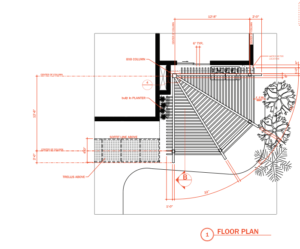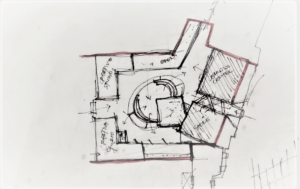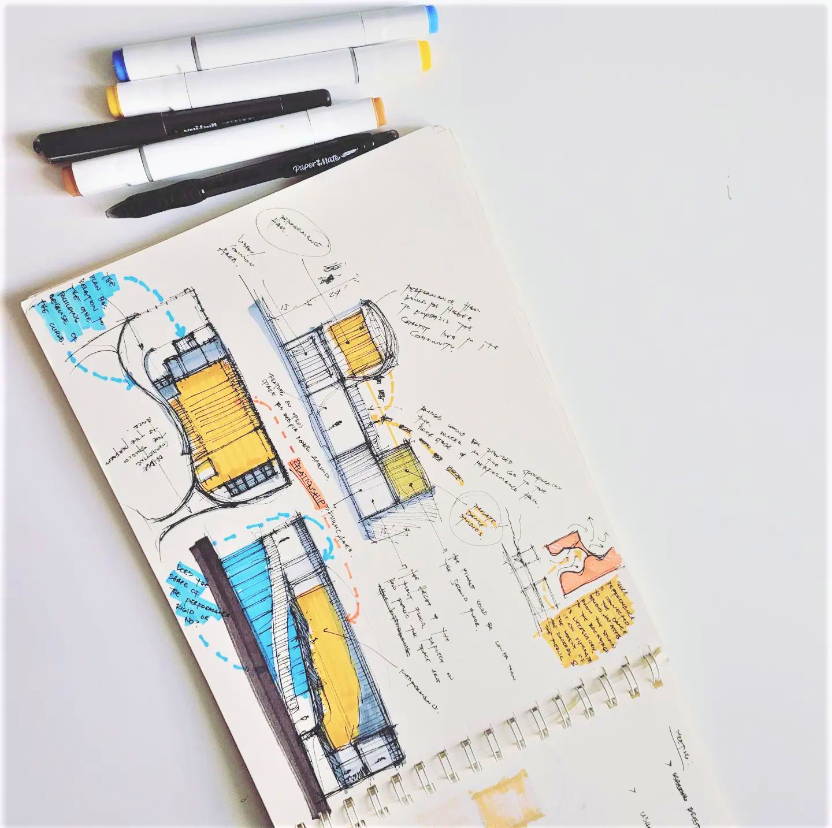Were you part of any design field like architecture, interior design, landscape, content creators, fine arts, and any design that you can think of? Have you ever felt that sometimes you are just doing your design just for the sake of doing it? Maybe having this anxiety if what you’re designing works. I’m in the same boat. As an architectural designer, it’s so hard for me to see if my design works, or rather makes a difference. This is my problem even when I was in college. Self-esteem. Faith in my design is sometimes equivalent to my poor design. That’s all in it.
In design culture, Architecture, for example, has always been self-aggrandizing. It defines the whole content of the project, it empowers ideas into revolution and it has always been a reflection of our society and its values. But do we see it? Does regular people as they may call it can see it? Probably not, what they see is a new cool building, but as they live in a building over time, they find that there was some kind of mistake in the design.
This happened to me recently, when I did my whole process of designing a single-family dwelling, and to me, it was a really good design. It was way back 3 years ago, but they said that the flow of design is not that good, as they keep living in it. These awkward comments consumed my confidence in my design. How do I cope with this? Honestly, if it’s just one person or two will probably ok. But if multiple people are questioning your design, maybe it’s time to rethink and reevaluate the design process we do.
Confidence in your work is the first thing that you need to have before designing.
The Importance of Designing with Purpose

One of the key principles of bringing back your faith in your design is to have a purpose. Everything that we design has a purpose, there’s no way you can design without a purpose. Creating purposeful design is all about making intentional design choices that solve one problem at a time. This is also through understanding your audience and their problem. The purpose of design is to create an aesthetic solution to a problem. As an architectural designer, this is the most important part of the project, and that is why communicating with your client is the most important part.
Problems are the bridge to your purposeful design. Without knowledge and understanding of your client’s problem, you will not be able to create a design with a purpose. Charles Eames said, “recognizing the need is the primary condition for design”. This is the process we take as a designer. The solution responds to its users, site, context, and environment. This means approaching each project with a sense of humility and a willingness to listen to the needs of others. It means striving to create buildings that reflect the values of love, compassion, and justice.
Every element of a building should serve a specific function and contribute to the overall design. Using design elements like light, texture, movement, shape, and balance, purposeful design decisions are deliberate, not just for a show. It provides value beyond aesthetics.
Have faith in your design, and have faith that your process involves solving problems. There’s no perfect solution to a problem. There are actually a lot of ways to solve a problem.
Putting Faith in your Process & Progress

Speaking of process, we forget that the having faith in our design means owning all of the steps that you took to get where you are. The scribbles, sketching, critical thinking, and space planning concepts are some of the few steps we take to create a good design. I always remind myself to draw all the time whenever I have an idea, but I always failed also. It’s a practices that needs to continue all the time.
Here’s the thing, to have that confidence in your design, you’ll need to practice designing all the time.
Consistently. Regularly. All the time.
When we approach our work in this way, our confidence in our design will overcome our fear in decision making. We have the full experience that we accumulate through out the years. One project alone in architecture, has a lot of process and phases. Don’t take all of this process and progress easily. The more we do the more we can have faith in our work.
Your consistency establish your reputation, makes you relevant, and maintain your confidence.
Having faith in your design is not an easy task. It is frustrating sometimes, but to me the rewards is having faith in my design that it will make my client live a good life. A confidence that is not only bring good but believe in good.

